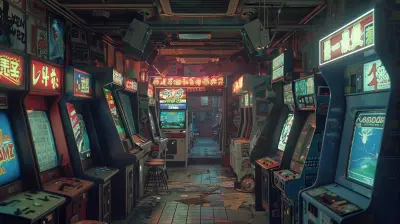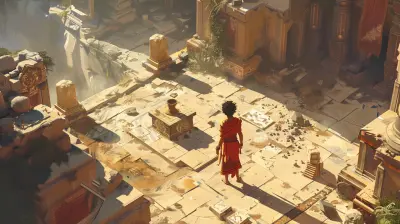The Role of Queer Representation in Modern Gaming
11 October 2025
Gaming has come a long way from the days of 8-bit graphics and linear storylines. Today, video games are not just about entertainment but are a medium for storytelling, world-building, and even social commentary. Among the important changes in the gaming industry, queer representation has gained a spotlight. This isn’t just about ticking diversity boxes; it’s about telling stories that resonate with everyone, creating spaces where all players feel seen, and breaking down barriers. So, why does queer representation matter in gaming? Let’s dive in.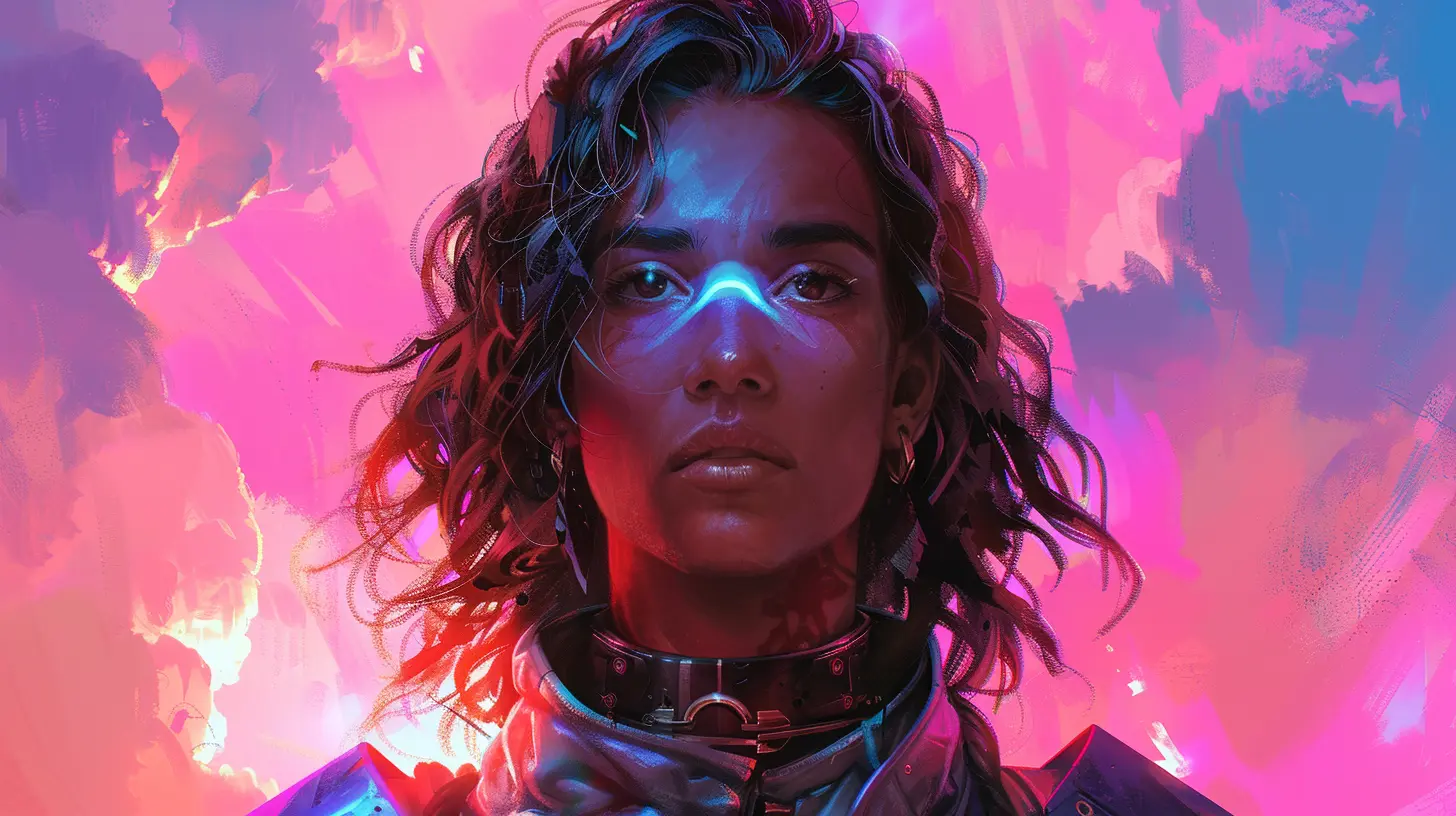
Why Representation Matters
Before we dig deeper into queer representation in gaming specifically, let’s take a step back. Representation in any medium matters because it shapes how we see the world and ourselves. Think about it—how often have you resonated with a particular character because they reflected your values, experiences, or identity?For queer individuals, this feeling is often absent. Historically, they’ve had little to no representation in media, including video games. And when queer characters did appear, they were often sidelined, stereotyped, or worse, used as punchlines (which, honestly, is just lazy writing). This lack of visibility contributes to a sense of exclusion. It sends a subtle (and not-so-subtle) message: “You don’t belong here.”
But here’s the thing—everyone deserves to feel like they belong. Queer gamers aren’t some tiny niche audience. They’re a huge part of the gaming community, and they’ve been here all along. As gaming continues to grow as a cultural powerhouse, the need for inclusive storytelling is more important than ever.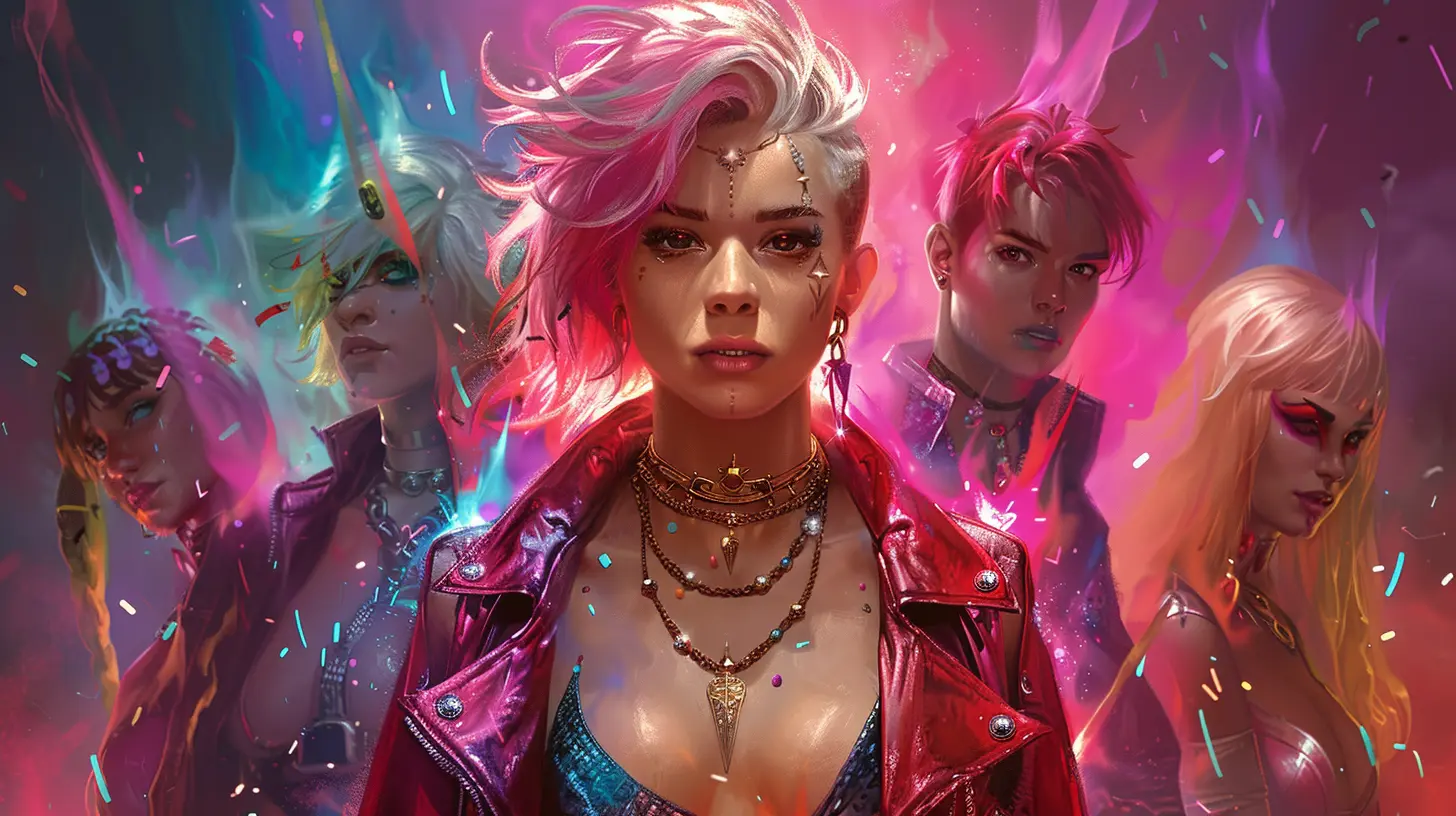
A Brief History of Queer Representation in Games
Let’s be honest—gaming hasn’t always been the most inclusive space. For decades, queer characters were either invisible or poorly handled. Back in the ‘80s and ‘90s, the gaming industry was consumed by its focus on straight, cisgender male audiences. Developers leaned heavily into hypermasculine heroes or pixel-perfect damsels in distress. Queerness? Yeah, not exactly a priority.If queer characters existed at all, they were often the villain or comic relief. Take Birdo from Super Mario Bros. 2, for instance—a character many believe to be transgender but whose identity was never handled properly. Or Poison from the Final Fight series, whose gender identity has been debated for years, often reduced to a joke by developers.
Fast forward to the 2000s, and things slowly started changing. Games like The Sims (2000) allowed same-sex relationships, and RPGs like Dragon Age and Mass Effect introduced romance options that included queer relationships. While those moments were leaps forward, they weren’t perfect. These storylines often felt optional—like they weren’t integral to the story, which still centered around heterosexual narratives.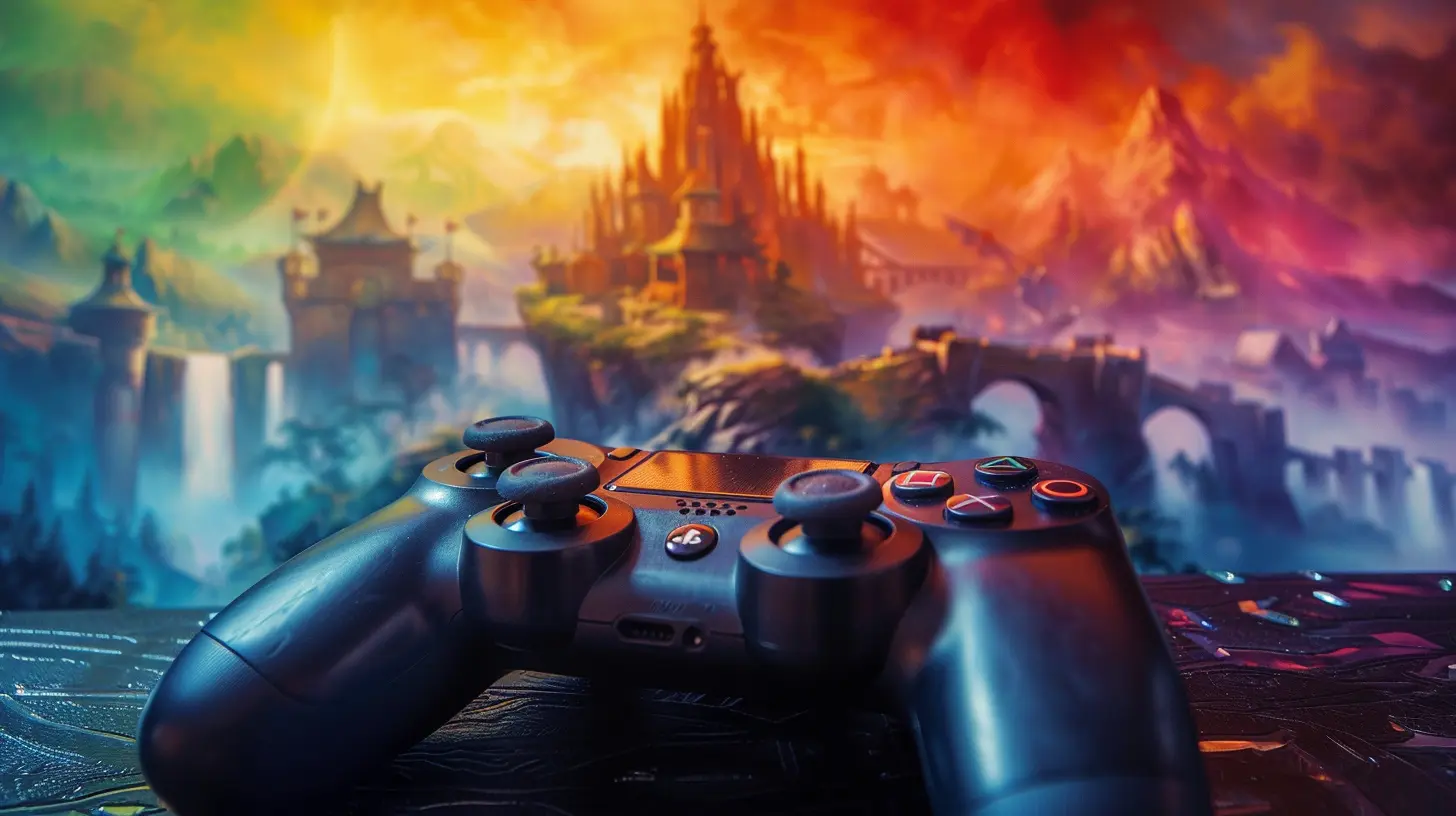
The Shift in Modern Gaming
Now, let’s talk about where we are today. Thankfully, things are looking a lot better. Modern gaming has seen an undeniable push toward more inclusive representation of queer characters, identities, and relationships. Developers today are recognizing the richness that queerness brings to storytelling.Games like Life is Strange, The Last of Us Part II, Tell Me Why, and Dragon Age: Inquisition have put queer identities front and center. These aren’t just token inclusions either—these characters are thoughtfully written. They have depth, agency, and narratives that go far beyond their queerness.
Take Ellie from The Last of Us. She’s not just a "queer character." She’s a fully developed protagonist who happens to be queer. Her sexuality is part of who she is, but it’s not her whole story. Then there’s Tell Me Why, which features Tyler, a transgender man. What’s groundbreaking isn’t just that he’s trans—the game also worked with GLAAD to ensure his portrayal was authentic and respectful. This level of care and attention to detail is what modern gaming needs.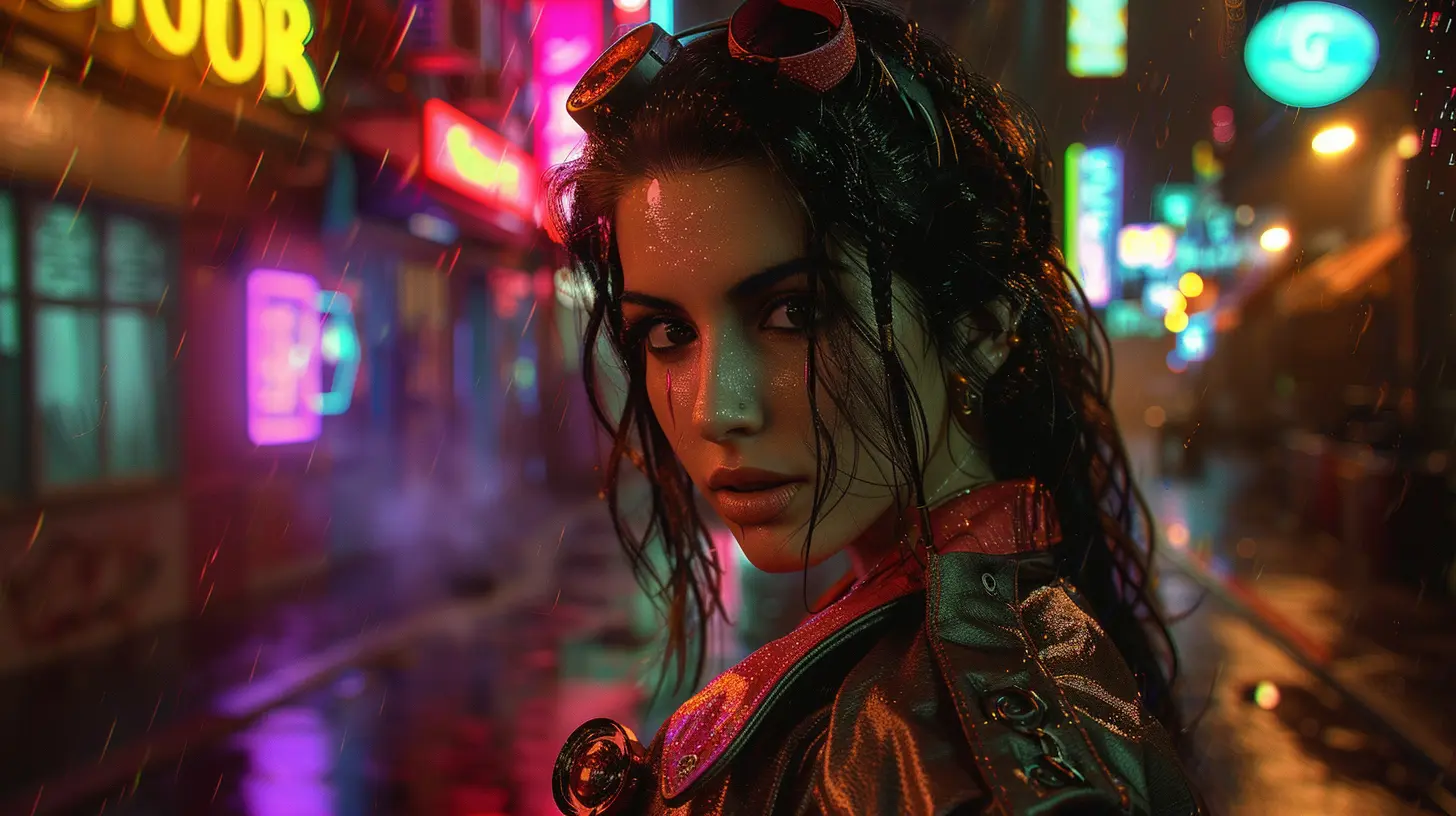
Why Authentic Representation Matters
Now, let’s talk about why authenticity is non-negotiable when it comes to queer representation. You can’t just slap a rainbow flag on a character or toss in a one-liner about their sexuality and call it a day. People notice when it’s hollow. Queer gamers notice when it feels like a marketing tactic rather than genuine storytelling.Authenticity comes from listening to queer voices. It means hiring queer writers, developers, and consultants to tell these stories. When the people creating the content come from the communities they’re representing, the results are so much better. It’s like cooking—if you’ve never actually tasted a dish before, how can you make it properly? You need the right ingredients, the right experience, and the right perspective.
Games like Celeste, which addresses themes of identity and self-discovery, or If Found…, which tells the story of a transgender woman, work so well because they’re crafted with care. They don’t feel performative—they feel personal.
The Impact on Players
Let’s think about the players for a second. What does it mean for queer gamers to see themselves in the games they play? It can be life-changing. Representation has this magical way of making people feel validated. It’s a mirror that says, “Hey, you exist, and your identity is beautiful.”For younger queer gamers, this can be especially crucial. Games are an escape for so many people, and for queer kids who might feel isolated or misunderstood in real life, inclusive games can provide a safe haven. It’s not just about escapism—it’s about seeing a future where they’re allowed to be themselves.
And here’s the kicker—it’s not just queer gamers who benefit. Straight, cisgender players also gain from exposure to diverse stories. Gaming can foster empathy like no other medium. When you play as a character, you walk in their shoes. You experience their struggles, their triumphs, and their perspective. This can break down stereotypes and build understanding in ways few other forms of media can.
Challenges That Remain
Of course, it’s not all rainbows and sunshine. Despite significant strides, there are still challenges to tackle. Queer representation in gaming often sparks backlash from certain corners of the internet. Developers face criticism (and sometimes outright harassment) for including queer characters in their games. It’s frustrating, but it’s also a reminder that representation is an act of resistance.Moreover, there’s still room for improvement in how queer stories are told. Too often, queer characters face tragic endings or are reduced to tropes. The “bury your gays” trope, where queer characters are disproportionately killed off or doomed to unhappiness, is still something the industry needs to move past. Queer people deserve happy endings too, don’t you think?
Moving Forward: What Can Be Done?
So, what’s next? How can the gaming industry do better? For starters, developers need to keep pushing for inclusion—not just in the characters on-screen but behind the scenes too. Diverse teams lead to diverse stories, plain and simple.Players also play a role (pun intended). Support games that champion representation. Speak up when you see something problematic, but also celebrate the wins. Change happens when there’s demand, and game developers listen to their audiences.
Lastly, let’s normalize queer representation. It shouldn’t feel like an “event” every time a game includes a queer character. The goal is to reach a point where inclusivity is so common that it’s just, well, normal.
Final Thoughts
At its core, gaming is about connection—whether it’s connecting with other players, diving into immersive worlds, or relating to the characters we encounter. Queer representation in modern gaming isn’t just about diversity for diversity's sake. It’s about reflecting the real world in all its beautiful complexity. It’s about telling stories that matter and making sure everyone—queer or not—feels like they belong in the gaming community.The journey isn’t over, but every step forward matters. Gaming has the power to change hearts and minds, one story at a time. And isn’t that what makes this medium so special?
all images in this post were generated using AI tools
Category:
Gaming CultureAuthor:

Francesca West
Discussion
rate this article
1 comments
Caden Campbell
Queer representation in gaming isn’t just important; it’s transformative. It enriches narratives, fosters inclusivity, and empowers players to see themselves as heroes in their own unique stories!
October 12, 2025 at 3:02 AM

Francesca West
Absolutely! Queer representation not only enhances storytelling but also creates a more inclusive gaming environment, empowering diverse players to connect with their narratives in meaningful ways.

